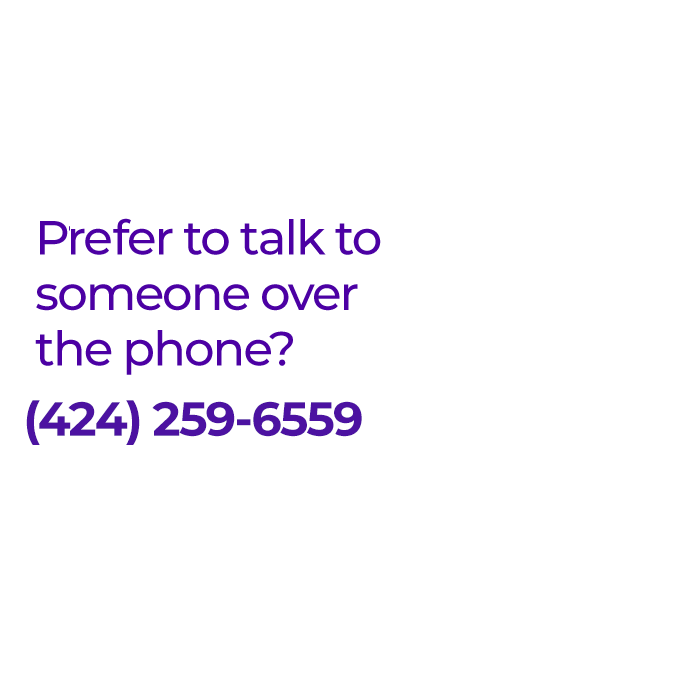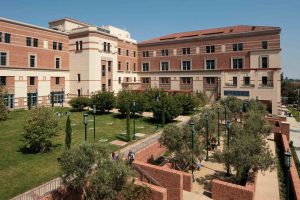Earlier this month, the US Food and Drug Administration expanded the approved indications for the Inspire Upper Airway Stimulation system, raising the upper limit for body mass index from 32 to 40 kg/m2 and increasing the upper limit for the apnea hypopnea index to 100 events/hour. This has been met with some surprise by colleagues,… Read more »
Uncategorized
LivaNova THN/Aura6000 Stimulation Has Variable Tongue Movements That Are Associated with Outcomes
Hypoglossal nerve stimulation is an important treatment option for patients with moderate to severe obstructive sleep apnea who cannot tolerate positive airway pressure therapy (for example, CPAP). The only currently-FDA-approved technology is Upper Airway Stimulation (Inspire Medical Systems, Golden Valley, MN), but multiple technologies are in human clinical trials or under development. One of these… Read more »
2023 Advances in Sleep Apnea and Snoring Course Highlights
I am writing from our 28th Annual Advances in Diagnosis and Treatment of Sleep Apnea and Snoring course in Orlando, Florida. This is our first in-person course since 2019, and it was wonderful to be together. I do think more and more educational events will be offered virtually, as it increases access for people who… Read more »
What really is long-term CPAP adherence?
Continuous positive airway pressure (CPAP) is the first-line treatment for obstructive sleep apnea (OSA) in almost all patients in my practice. There are rare cases where I may order mandibular respositioning devices (aka, oral appliances), but CPAP is the primary option, even in patients who specifically request surgical treatment. CPAP has many advantages over alternatives,… Read more »
Giving Thanks for Our Sleep Medicine and Sleep Surgery Fellows
Thanksgiving is a time to reflect on our good fortune and express gratitude with family and friends. What a perfect time to express appreciation to current and former fellows who continue to invigorate me with their enthusiasm, intellect, and curiosity. This September at our International Surgical Sleep Society meeting in Philadelphia, I was delighted to… Read more »
Standardizing social media hashtags for sleep disorders
Twitter and other social media platforms are tremendous resources for sharing information about sleep disorders. I do not pretend to be a social media expert, so I apologize for my simplistic explanations or mistakes here. Patients and health care providers may rely on information available on the Internet (I know I sometimes do). Hashtags allow… Read more »
How much weight loss do I need to improve my sleep apnea?
Weight loss has been proven to be a key cause of obstructive sleep apnea (OSA). I have written previously on the research from Richard Schwab, MD at the University of Pennsylvania, showing that the connection appears to be related to fat storage (and likely muscle mass too) in the head and neck. This work is… Read more »
Advances in Sleep Apnea and Snoring 2022 Course–Back and In-Person!
After wondering aloud whether medical conferences and courses would all become virtual in a previous blog post, it is wonderful to announce that we are heading back to in-person meetings. We are excited that our 27 th Annual Advances in the Diagnosis and Treatment of Sleep Apnea and Snoring course will be held in San… Read more »
Sphenopalatine ganglion stimulation for chronic cluster headaches
Working at an academic medical center brings me into contact with exciting new developments across a wide range of medical fields. A few years ago, I was approached by Soma Sahai-Srivastava, MD, a renowned neurologist and Director of the USC Headache and Neuralgia Center. She had been asked to lead Keck Medicine of USC’s participation… Read more »



